I don’t know about you, but I’m tired of 202o. 2021 will be better. I’ve compiled a list of the top 12 astronomy events in 2021!
From meteor showers to lunar eclipses and solar eclipses, with chances to see Mercury in the horizon and Saturn at opposition, these astronomical events ARE happening, no matter what’s going on with us humans. They’ll be spectacular, and require nothing but a clear sky.
STEM AT HOME ACTIVITES
# 1 : QUADRANTIDS METEOR SHOWER on JANUARY 3-4, 2021
Meteors are what create a ‘shooting star,’ leaving lovely streaks of light in the sky. Meteors are not stars: they are pieces of rock, floating in space. They burn up if they happen to enter the earth’s atmosphere. Let’s try to see a few in 2021!
Let’s start with The Quadrantids! Click on this link for more of Jeff’s amazing photos.
Be sure to click on the photo so you can see it larger!
TAKE AWAY: For the Quadrantids, your best bet is to go out during the wee hours before dawn on January 4. This one has a smaller peak window for viewing.
# 2 :PLANET MERCURY VISIBLE on MARCH 6
The planet Mercury is often cited as the most difficult of the five brightest naked-eye planets to see! I agree. This isn’t because Mercury isn’t bright. It’s because Mercury orbits so close to our sun. That means we need to catch Mercury low in the sky, as the sun sets.
In order to see the overwhelming majority of astronomical objects, you not only need the Sun to set, you need dark skies! This seems so obvious but it's one reason why Mercury is hard to spot!
I’ve had difficulty sighting Mercury due to the fact that I live in a higher latitude, have issues with a crowded horizon, or the darn clouds! 2021 is my year. I’m determined to see Mercury again. Join me!
TAKE AWAY: On the morning of March 6, look for the planet low in the eastern sky just before sunrise. Here’s a link so you can look up your sunrise time on March 6!
If you miss Mercury on March 6, email me and I’ll share the other five dates for viewing this speedy little planet in 2021.
#3 & # 4- SUPERMOON X TWO on APRIL 27 & MAY 26
Sure full moons are special, but what’s so great about a supermoon?
Link for more of Petr’s gorgeous photographs.
TAKE AWAY: Go outside after dark and impress someone with your knowledge of the astronomical term perigee and the 14% stat!
# 5- TOTAL LUNAR ECLIPSE on MAY 26, 2021 (MAY 26 AGAIN!)
May 26, 2021 is a big day for astronomical events! If you think about it, this makes sense, since we need a full moon for an eclipse. We don’t need a perigee aka supermoon though, even though that’s exactly what we’ll have on May 26.
What is a total lunar eclipse? And why is it called a blood moon?
Unlike solar eclipses, which require special glasses to view and can only be seen for a few short minutes in a limited area, a total lunar eclipse can be seen for an hour or more by anyone on the nighttime side of Earth.
My fingers are crossed for clear skies!
TAKE AWAY : Go outside after dark on the evening of May 26!
Here’s an eclipse look-up link for the total lunar eclipse. Just type your city in the box near the top of the page. The data will give you the best viewing times for your area. Add to your google calendar.
AN ECLIPSE NEVER COMES ALONE
A SOLAR ECLIPSE ALWAYS OCCURS ABOUT TWO WEEKS AFTER A LUNAR ECLIPSE
#6- ANNULAR SOLAR ECLIPSE on JUNE 10
Solar Eclipses occur when the shadow of the moon blocks the sun. In this photo, the moon is passing between the sun and the earth. (see below)
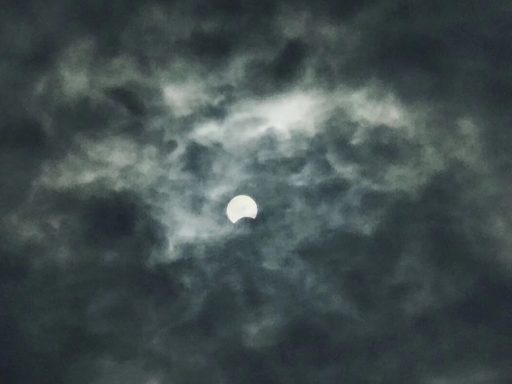
TAKE AWAY : Check this link for specific info about viewing. Click here for NASA safety protocol.
#7- THE LAST SUPERMOON OF 2021 on JUNE 24
This is your last chance in 2021 to see a full moon at perigee, aka a supermoon. So if you missed the supermoons on April 27 and May 26, here’s your chance! Add to your google calendar!
#8- SATURN AT OPPOSITION on AUGUST 2
Planets at opposition are bright, partly because it’s around then that they are closest to us. (Do you remember what that term is? Yes! Perigee.)
Also, at opposition, an outer planet’s fully lighted face, or day side, faces us most directly. As a result, it appears fully illuminated by the Sun.
TAKEAWAY : Get outside after dark on August 2. Look east for Saturn. (Remember the sun is setting in the west as Saturn will rise in the east!) Add to your google calendar!
# 9-PERSEIDS METEOR SHOWER on AUGUST 12-13
TAKE AWAY: Go outside after dark, get comfy, and look up! You will see meteors anytime between August 9-13! (The peak –aka best night– is August 12, 2021) Add to google calendar!
# 10- PARTIAL LUNAR ECLIPSE on NOVEMBER 19
I love lunar eclipses because we can just stare and stare at the moon and not worry about burning our eyes out, the way we do with solar eclipses!
The chart on the right will show you if you’re able to see this astronomical event. Many of you will! (Including me! Hurrah!)
TAKE AWAY: Figure out what time this starts in your area, (here’s a chart to convert the UTC time) go outside, and watch the show! (Peak is at UTC 09:02:55)
You can take your time….start to peak to finish takes about six hours. Google calendar here to add a reminder.
# 11- TOTAL SOLAR ECLIPSE on DECEMBER 4
Remember that lunar and solar eclipses follow each other about 2 weeks apart. And some years have no eclipses so I’m including all four in our top 12 astronomy events in 2021.
Since this is a total eclipse, the moon completely blocks the Sun! At totality, the fortunate few in its path will see the corona!
#12- GEMINIDS METEOR SHOWER on DECEMBER 13-14, 2021
I’m writing this BEFORE the 2020 Geminids so this feels a little weird. The Geminids are the king of the meteor showers!

TAKE AWAY : Go outside after midnight with comfy clothes and look up.
Fun coincidence! The 2020 Geminids are also on December 13-14!
But you can try anytime between Dec. 7-17! The Geminids have a less stringent viewing time than the Quadrantids. Click to add to your google calendar.



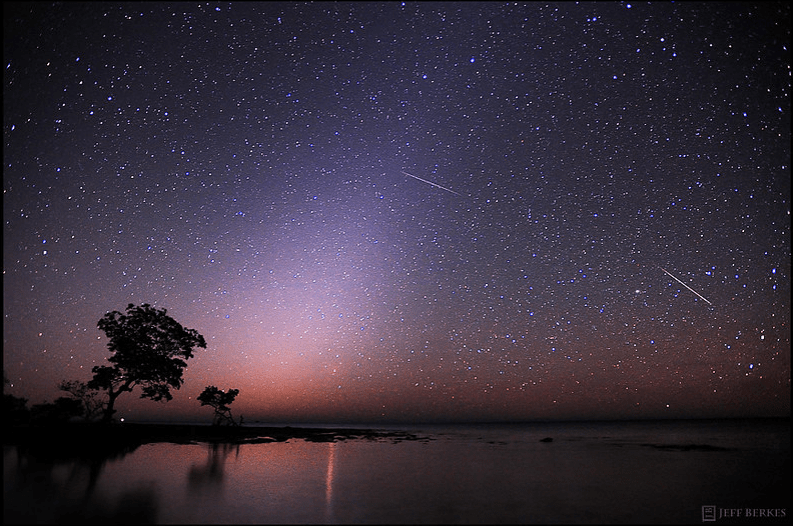
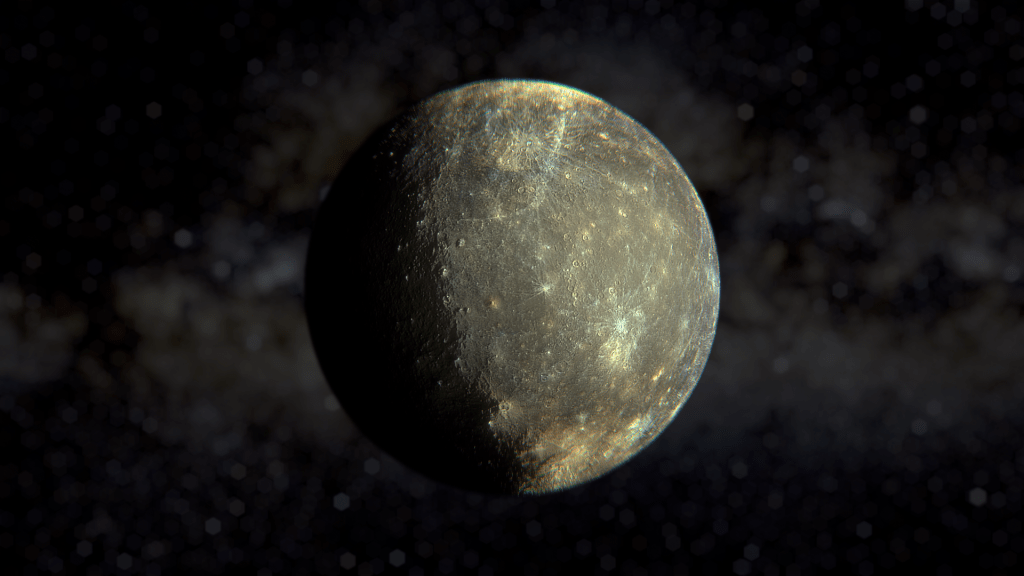
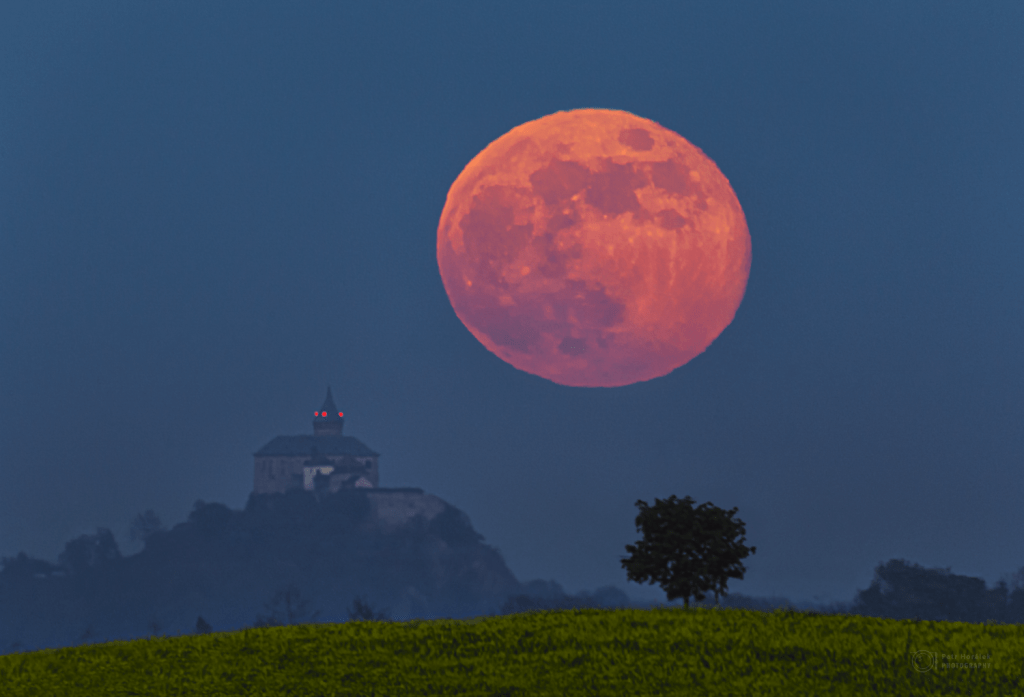

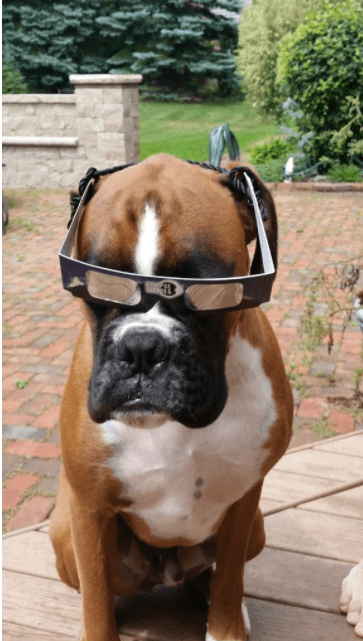
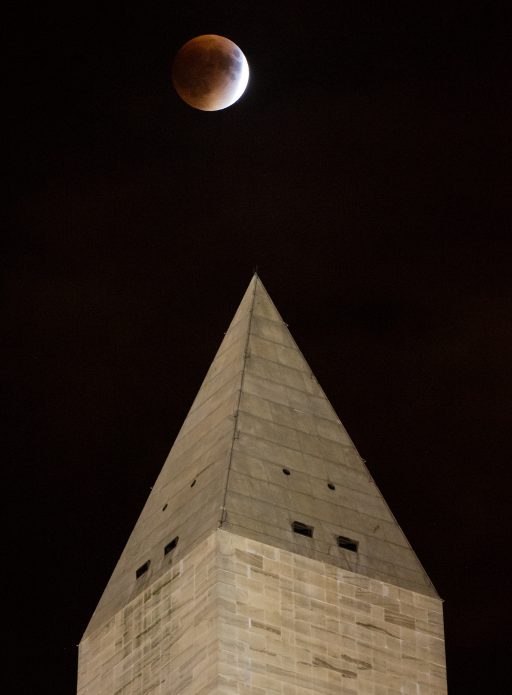
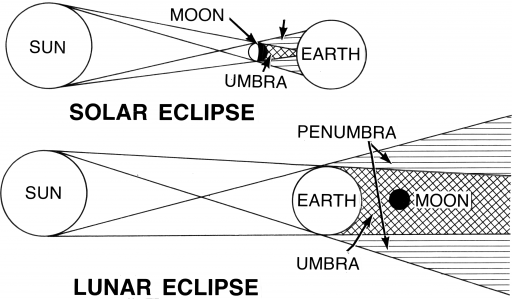
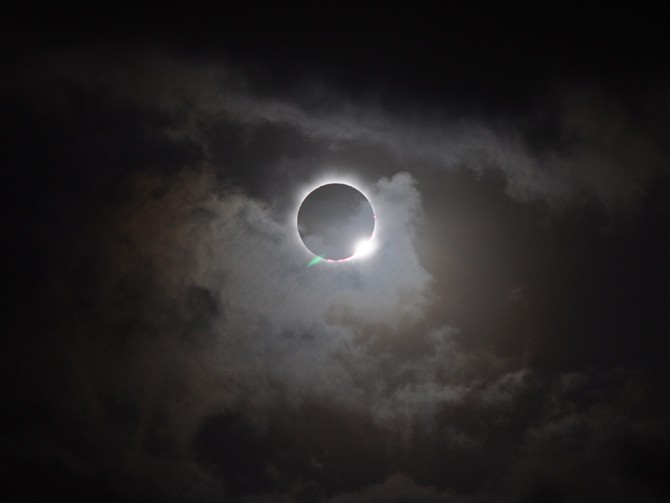


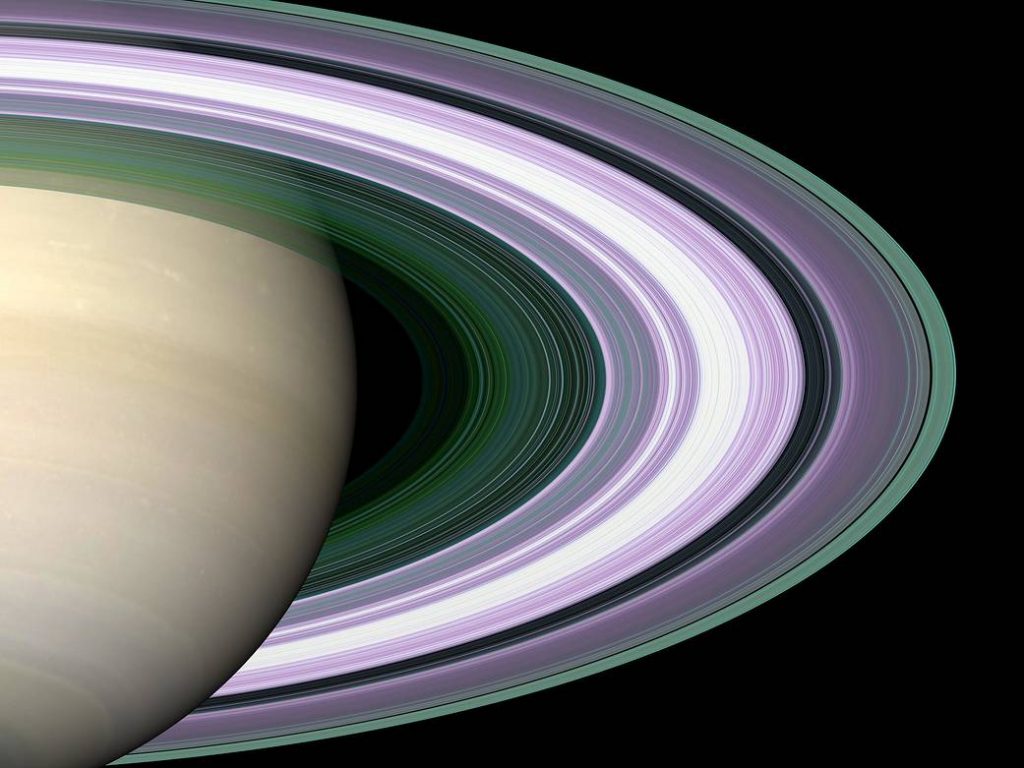
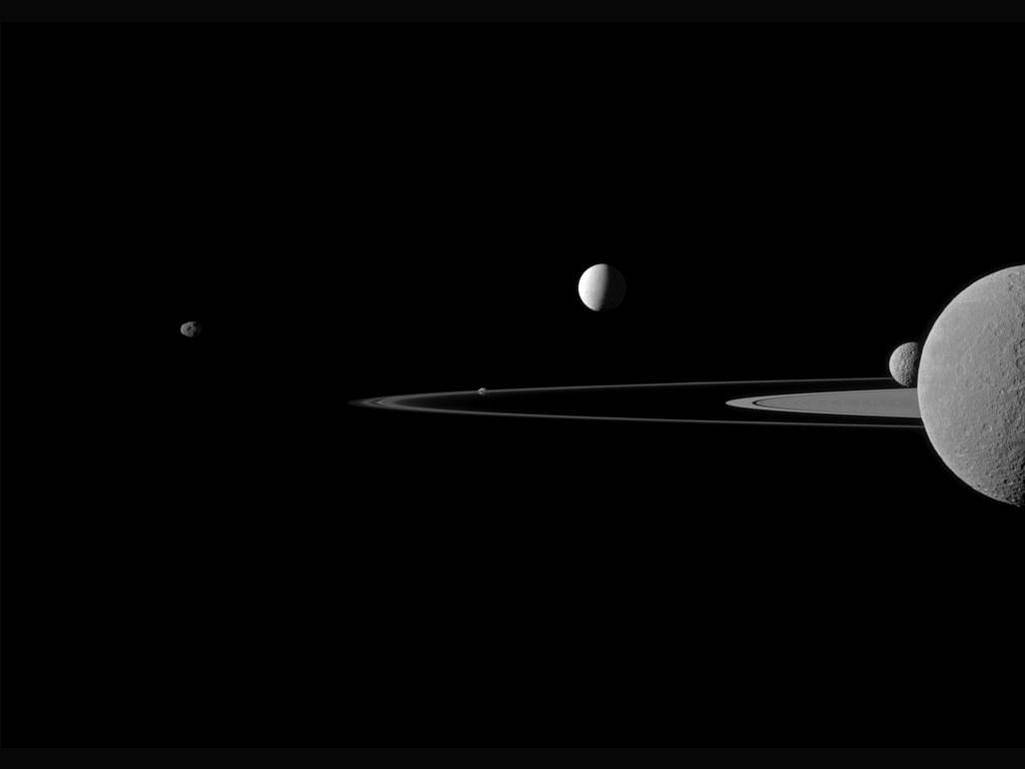
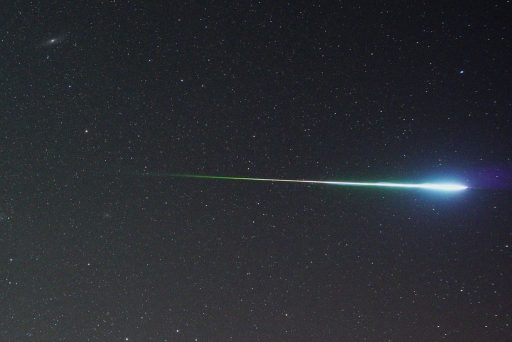
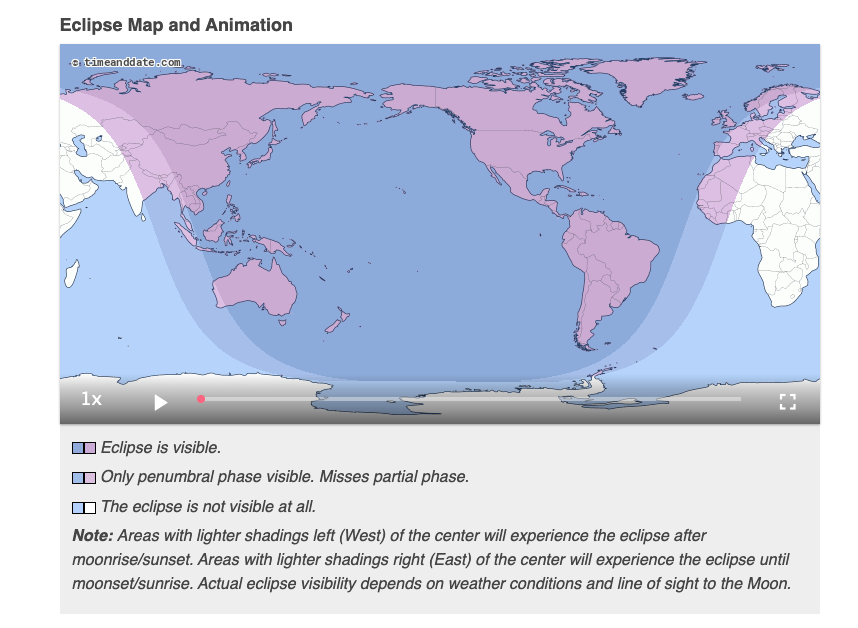
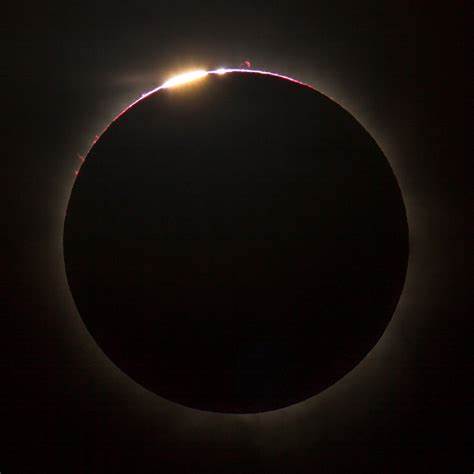
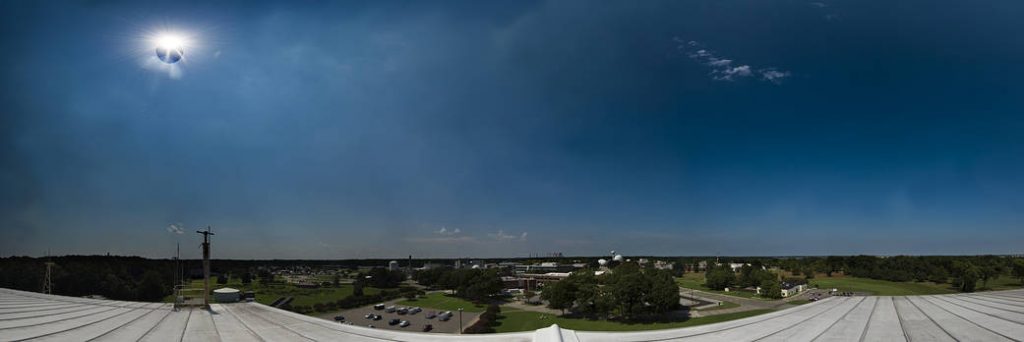

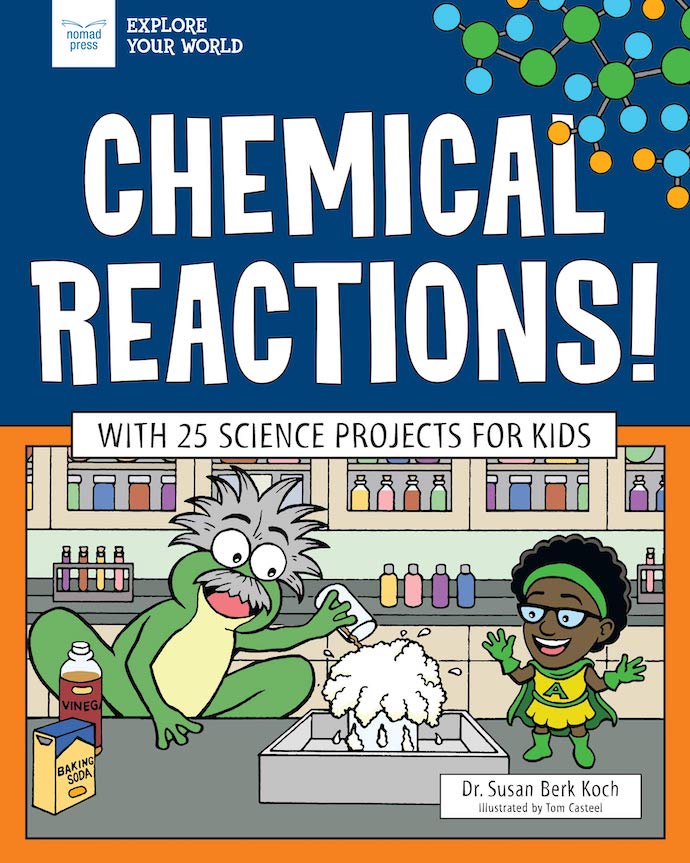


Great research and information. I love looking at the stars and night sky.
I love it too, making it difficult to stick with 12 events! Thanks so much!
Fantastic post here and really interesting with loads of information. It’s crazy how amazing our solar system is with so many wonderful things.
I agree, there’s so much astronomy to explore and see! Thanks!
Great as usual. Will definitely go outside next week to look for the meteors. On the news the other night they talked about December 21 being the time when Saturn and Jupiter will align to produce a very bright star. There’s conjecture that this is the star that guided the three kings to find Christ at Christmas. The last time this happened was 800 years ago supposedly. Mike.
WOW, that sounds so cool! I was looking at 2021, not 2020. Thanks for mentioning it. Here’s a link for anyone reading the comments! https://earthsky.org/astronomy-essentials/great-jupiter-saturn-conjunction-dec-21-2020
If this doesn’t hook people, I don’t know what will. Excellent post.
Thank you so much!
I’m hope to get to see some of these — thanks so much for sharing!
I hope you do, too! Thank you!
Oh how cool! These events all sound awesome. I will have to write them all down so I don’t forget!
I looked into a google calendar link but I’d need a public calendar to do it. You wouldn’t want to see my mess of a calendar! I’ll delve into this more. Thanks!
GREAT post! I am jotting down the dates to add to our 2021 calendar!
Thanks, Eileen! I just created a google calendar so you can click on the links now! (my bad, but I figured it out!)
Great post! I was always fascinated by outer space, really enjoyed this. I always wanted to find a planet that was visible on a certain date so I’m gonna mark down those dates 😊.
I’m excited that I could help! (Again, I have the calendar dates linked so pop back up and add them!) Thanks!
Wow, this is such a great list! I’ve always wanted to see a meteor shower. I’m living in Dubai and I keep saying that I must go out to the desert the next time there is one so I can see clearly. I did catch the last super moon on my camera though 🙂
So cool! I’d love to see your photo! Deserts are amazing. (add an S and you’ve got desserts, also amazing!) Thanks so much.
Yes this is awesome Sue! I absolutely love star gazing and I live in a pretty good place for it when it isn’t rainy. I’ve bookmarked this. One more thing to look forward to 2021, thank you!
I love star gazing, too. It was difficult to limit myself to 12 astronomy events. Bookmarked! What an honor. Thanks so much.
This is such a helpful post. I’ll definitely be checking some of these out next year.
Great! I hope you have clear skies. Thank you.
A fair amount of star gazing activities coming next year. It’s been a long time since of watched anything like that
I find star gazing a calming activity! I hope you get back out there. Thank you!
Wow this is so interesting! Have marked these dates in my calendar. Hoping to have an awesome 2021 🙂
I’m hoping the same thing! Thanks so much.
Really interesting info! I’ll need to keep an eye out for all these dates xx
http://www.dellalovesnutella.co.uk/
Definitely! Thank you.
This is such a detailed list, so thanks for sharing! I will have to add these into my calendar so that I can try see some of them. I just love looking out on a clear night at the moon and stars. The best moon I have ever seen was in Corfu, it was massive and such a beautiful shade of orange. Nevr seen anything like it since!
Thanks for sharing!
Aimsy xoxo
https://www.aimsysantics.co.uk
I’ve never been to Greece but it sounds amazing! How fortunate that you had clear skies so you could see it! Thanks so much.
I’m even more excited for 2021 now! Astronomy is so cool!
Astronomy is cool! Thanks.
Oh these all sound very interesting! I’ll definitely be on the lookout for these 😍
Excellent! And thanks.
adding all these dates to my calendar! can’t wait ! amazing post! x
Fantastic! You’ll love seeing these great astronomy spectacles. (I’m also gratified that you’re using the calendar I created!) Thanks so much.
Such a fab list. I think astronomy is fascinating! Thank you for sharing
Tash – A Girl with a View
I find astronomy fascinating too! (Obviously) Thank you!
i’m sharing this post!
I’d love that, thanks so much!
This post has some great information. The stars, planets etc are amazing and so beautiful.
I love looking at the stars, too. Thanks so much!
That is such a comprehensive info, my daughter would be happy to explore these events, thanks!
Deepti | https://perspectiveofdeepti.blogspot.com/
You’re welcome! I’m happy that your daughter likes astronomy. Thanks!
I hope i get the chance to watch meteor showers! Thanks for the slides, they are easier to understand and makes this topic more fun to read. Cheers!
I’m pumped that you like the slides! I think they’re more approachable, too. Thank you so much!
Oo wow these all sound so exciting! Thank you for sharing this!
Amber | The Unpredicted Page
You’re welcome! I hope you get a chance to experience a few.
Dark sky is a good thing, but dont let lights stop you. Legions of amateurs in the most heavily urbanized areas of the world have produced millions of observations of variable stars, lunar planetary solar events and more. Up to date technology has gifted us with breathtaking abilities to ignore light pollution as i have demonstrated to hundreds observing from the middle of town formerly difficult planetary nebual, galaxies, supernova remnants and star clusters.
Of course we want Atacama skies. You dont need it for high power and video events. It is the height of phony to watch TV just because of a streetlight or two. I invite observers to challange obstacles and get observing no excuses.
Well said! I was just reading about Robert Owen Evans, an amateur astronomer who runs rings around professionals! He holds the record for visual discoveries of supernovae! (42)
A supernova occurs when a giant star, one much bigger than our sun, collapses and then spectacularly explodes. They’re visible for about a month. He doesn’t have an overly large telescope, either, 16 inches.
What would you recommend as a starter telescope or pair binoculars for those starting out? Thanks so much for your input!
Omg, those astronomy events I need to write somewhere to remember! I am very excited about Solar Eclipses, Blood Moon and Supermoon! Thank you for this great post!
You can add them to your google calendar with the links I’ve included. (I hope so, at least) I’m excited about seeing these cool astronomical events, too. Thanks, Sandra!